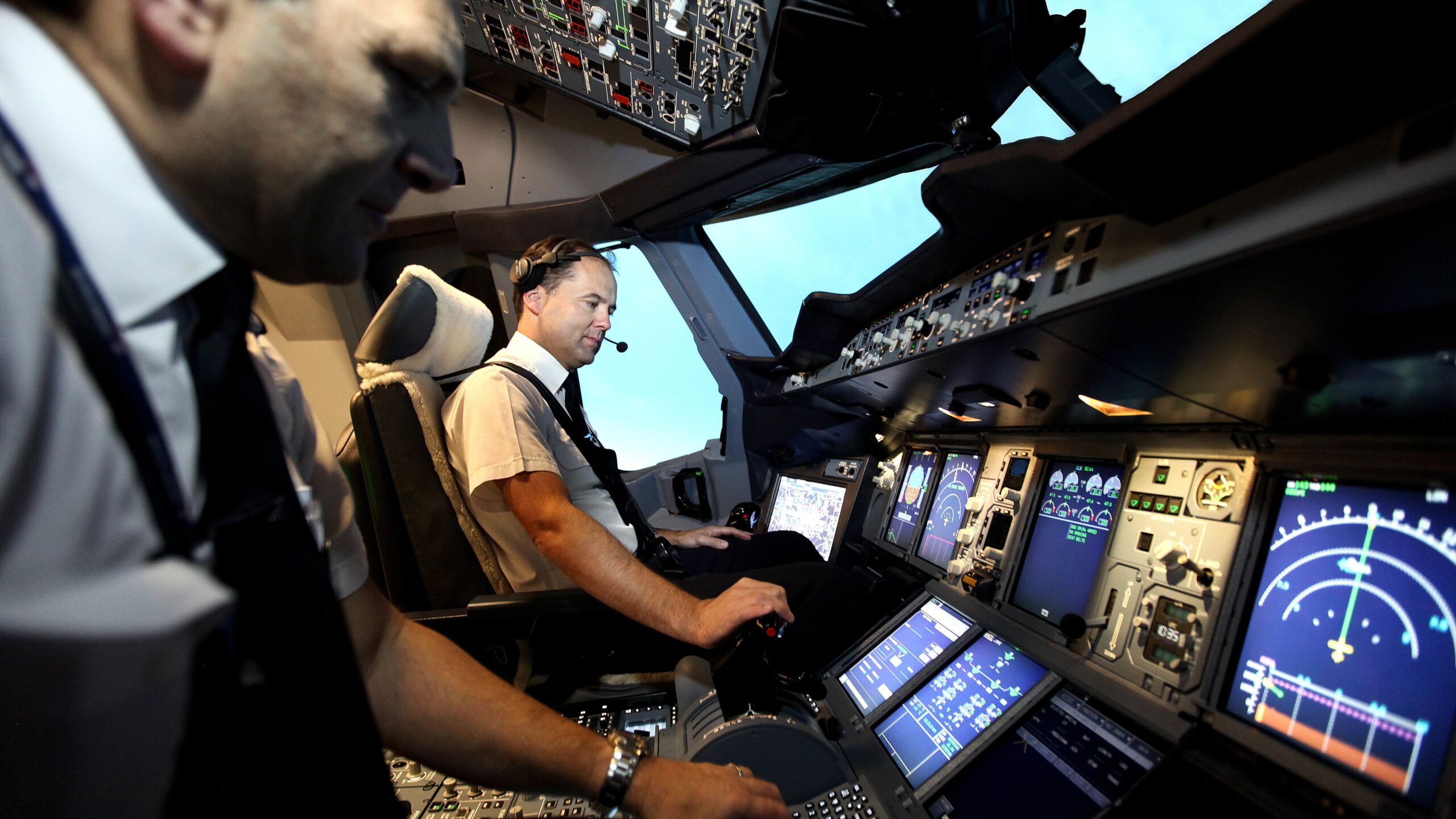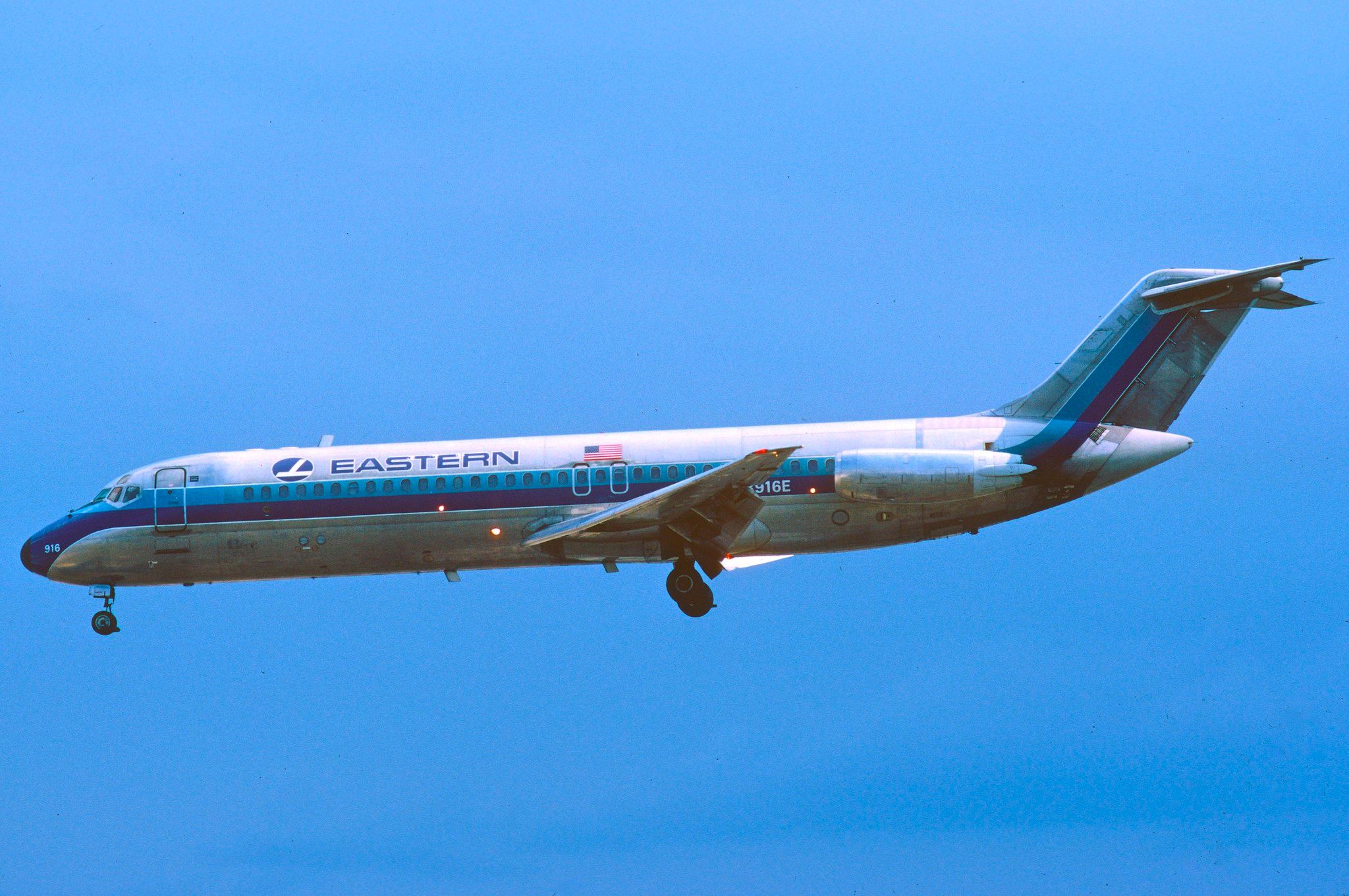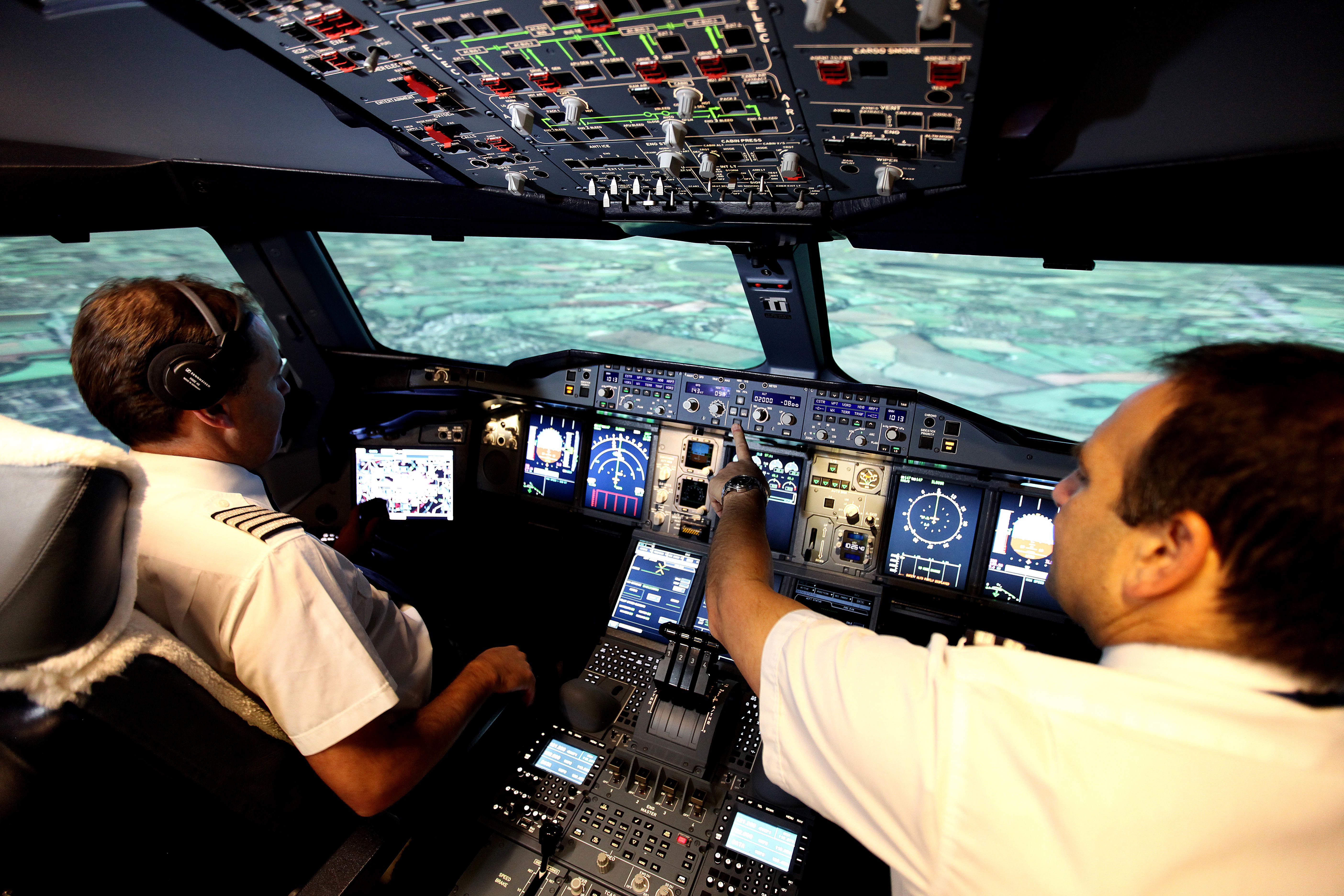Summary
- Sterile cockpit rules are crucial in aviation to ensure the pilots are completely focused on their job, as distractions can lead to deadly errors.
- The FAA and EASA introduced these rules after incidents where distracted pilots made critical mistakes, causing accidents.
- Sterile cockpit times include taxiing, takeoff, landing, and any operations below 10,000 feet, and airlines may have additional guidelines for sterile cockpit operations.
While the word “sterile” has several meanings depending upon the context in which it is being used, it implies concentration when paired with the word cockpit. Even for a person who is not an aviator, it is easy to understand that mistakes are more likely to occur when a pilot is not focused solely on his job.
Unlike a carpenter who might have made a wrong cut, an error by a pilot can put dozens of people’s lives at risk. Up until the FAA and EASA published rules relating to a sterile cockpit, there had been numerous incidents when pilots failed to set the flaps correctly or forgot to lower the landing gear. Add to this the failure to monitor instruments accurately during an approach, and you can easily understand how not being focused on the job could be deadly.
Chatting in the cockpit was responsible for a deadly crash
An example of not operating a sterile cockpit was Eastern Air Lines Flight 212, which crashed short of the runway at Charlotte/Douglas International Airport (CLT) in 1974. While conducting an instrument approach in dense fog, the pilots of the McDonnell Douglas DC-9 were busy talking about some unrelated matter. Unaware of their altitude and distance from the runway, the plane crashed into the terrain, killing 72 of the 82 people onboard.
According to rules laid down by the International Civil Aviation Organisation (ICAO), it is a rule designed to prevent runway incursions. It is also any period of time when the crew must be focused solely on flying the aircraft. These times include:
- When the aircraft is taxiing.
- During takeoff.
- On the final approach.
- When landing.
- Any operations taking place at less than 10,000 feet, excluding cruising.
A sterile cockpit is any period of time during a flight when the pilots need to be 100% focused on the job at hand. During periods in a sterile cockpit, the pilots are not to be disturbed except when it concerns matters critical to the safe operation of the aircraft.
The FAA and the EASA introduced sterile cockpit rules
In 1981, the United States Federal Aviation Authority (FAA) introduced a new rule following a series of mishaps and accidents by flight crews who were distracted from their duties. In other words, they were engaged in non-essential conversations during critical parts of the flight when they should have been solely focused on the job at hand.
The FAA sterile cockpit rule, or to give it its official title FAR 121.542, states the following:
- No certificate holder shall require, nor may any flight crew member perform, any duties during a critical phase of flight except those duties required for the safe operation of the aircraft. Duties such as company-required calls made for such non-safety related purposes as ordering galley supplies and confirming passenger connections, announcements made to passengers promoting the air carrier or pointing out sights of interest, and filling out company payroll and related records are not required for the safe operation of the aircraft.
- No flight crew member may engage in, nor may any pilot in command permit, any activity during a critical phase of flight which could distract any flight crew member from the performance of his or her duties or which could interfere in any way with the proper conduct of those duties. Activities such as eating meals, engaging in non-essential conversations within the cockpit and non-essential communications between the cabin and cockpit crew, and reading publications not related to the proper conduct of the flight are not required for the safe operation of the aircraft.
- For the purposes of this section, critical phases of flight include all ground operations involving taxi, takeoff, and landing, and all other flight operations conducted below 10,000 feet, except cruise flight. Note: ‘Taxi’ is defined as the “movement of an airplane under its own power on the surface of an airport.”
Photo: British Airways.
Overseas in Europe, the European Union Aviation Safety Agency (EASA) published a similar guideline to the FAA but not quite as specific regarding sterile cockpits.
Airlines embrace sterile cockpit rules
Besides the aviation safety body rules, airlines issue their own guidelines regarding sterile cockpit operations. Some airlines require sterile cockpit rules to be adhered to whenever an aircraft is flying below 18,000 feet. Others require sterile cockpit operations from the top of the climb en-route checklist and from the pre-decent checklist.



